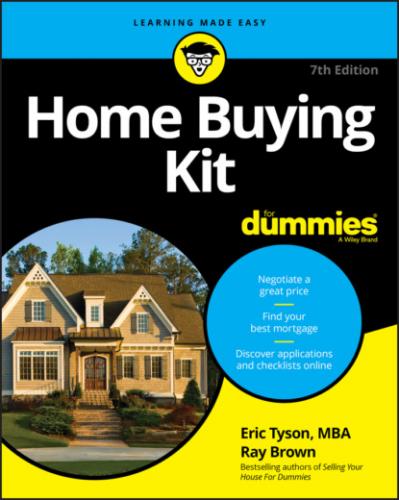Conversely, some people who continue to rent should buy. In her late 20s, Melody didn’t want to buy a home, because she didn’t like the idea of settling down. Her monthly rent seemed so cheap compared with the sticker prices on homes for sale.
As it always does, time passed. Melody’s 20s turned into 30s, which melted into 40s and then 50s, and she was still renting. Her rent skyrocketed to eight times what it was when she first started renting. She fearfully looked ahead to escalating rental rates in the decades when she hoped to be retired.
Ownership advantages
Most people should eventually buy homes, but not everyone and not at every point in their lives. To decide whether now’s the time for you to buy, consider the advantages of buying and whether they apply to you.
Owning should be less expensive than renting
You probably didn’t appreciate it growing up, but in addition to the diaper changes, patience during potty training, help with homework, bandaging of bruised knees, and countless meals, your folks made sure that you had a roof over your head. Most of us take shelter for granted, unless we don’t have it or are confronted for the first time with paying for it ourselves.
Remember your first apartment when you graduated from college or when your folks finally booted you out? That place probably made you appreciate the good deal you had before — even those cramped college dormitories may have seemed more attractive!
But even if you pay several hundred to a thousand dollars or more per month in rent, that expense may not seem so steep if you happen to peek at a home for sale. In most parts of the United States, we’re talking about a big number — $150,000, $225,000, $350,000, or more for the sticker price. (Of course, if you’re a higher-income earner, you may think that you can’t find a habitable place to live for less than a half-million dollars, especially if you live in costly places such as New York City, Boston, Chicago, Los Angeles, or San Francisco.)
Take your monthly rent and multiply by 200, and you come up with the purchase price of a home.
$ _________ per month × 200 = $ _________
Example: $ 1,000 × 200 = $200,000
So, in the preceding example, if you were paying rent of $1,000 per month, you would pay approximately the same amount per month to own a $200,000 home (factoring in modest tax savings). Now your monthly rent doesn’t sound quite so cheap compared with the cost of buying a home, does it? (Note that in Chapter 3 we show you how to accurately calculate the total costs of owning a home.)
© John Wiley & Sons, Inc.
FIGURE 1-1: The skyrocketing cost of renting.
When you’re in your 20s or 30s, you may not be thinking or caring about your golden years, but look what happens to your rent over the decades ahead with just modest inflation! Then remember that paying $1,000 rent per month now is the equivalent of buying a home for $200,000. Well, in 40 years, with 4 percent inflation per year, your $1,000-per-month rent will balloon to $4,800 per month. That’s like buying a house for $960,000!
www.dummies.com/go/homebuyingkit7e.)
TABLE 1-1 Figuring Future Rent
| Your Current Monthly Rent | Multiplication Factor to Determine Rent in Future Years at 4 Percent Annual Inflation Rate | Projected Future Rent |
| $__________ | × 1.48 | = $___________ in 10 years |
| $__________ | × 2.19 | = $___________ in 20 years |
| $__________ | × 3.24 | = $___________ in 30 years |
| $__________ | × 4.80 | = $___________ in 40 years |
| $__________ | × 7.11 | = $___________ in 50 years |
| $__________ | × 10.52 | = $___________ in 60 years |
| Your Current Monthly Rent | Multiplication Factor to Determine Rent in Future Years at 6 Percent Annual Inflation Rate | Projected Future Rent |
| $__________ | × 1.79 | = $___________ in 10 years |
| $__________ | × 3.21 | = $___________ in 20 years |
| $__________ | × 5.74 | = $___________ in 30 years |
| $__________ | × 10.29 |
= $___________ in 40 years
|
